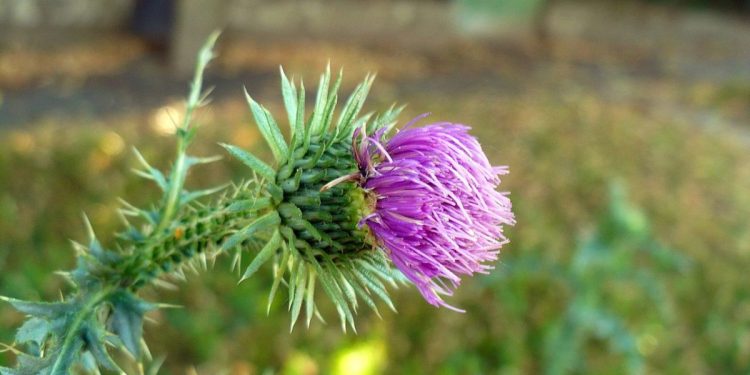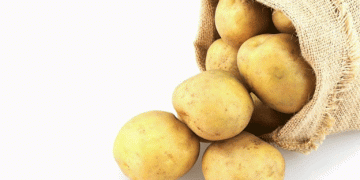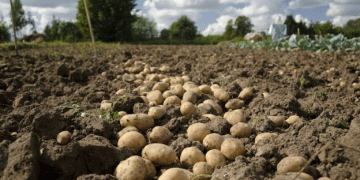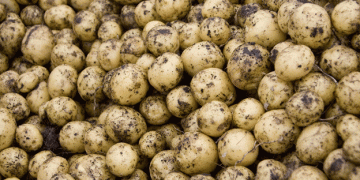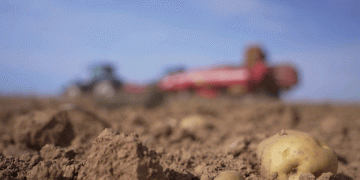#InvasiveSpecies #BiodiversityThreat #ControlMeasures #CarduusAcanthoidesControl
Carduus acanthoides, commonly known as spiny plumeless thistle, is an invasive plant species that is rapidly spreading across many regions of the world. It is native to Europe and Asia but has now become a major threat to biodiversity in many parts of North America, Australia, and New Zealand. This article will discuss the development and consequences of Carduus acanthoides invasion, and the need to take urgent measures to control its spread.
Development: The spiny plumeless thistle is an annual or biennial plant that reproduces mainly by seed. The seeds can be dispersed by wind, water, and human activities such as transportation of contaminated soil and equipment. The plant grows well in disturbed areas, open fields, pastures, and along roadsides, and it can quickly form dense monocultures, outcompeting native vegetation for resources such as water, light, and nutrients. It also has no natural predators or diseases in the invaded areas, which makes it hard to control.
Consequences: The invasion of Carduus acanthoides has many negative consequences on the environment and the economy. It reduces the productivity of pastures and crops, reduces the quality and quantity of forage available to livestock, and increases the cost of weed control. It also alters the structure and function of native ecosystems, reduces biodiversity, and threatens endangered species. The spiny plumeless thistle is also a health hazard to humans and animals due to its spiny leaves and stems.
Control Measures: To control the spread of Carduus acanthoides, several measures can be taken, including prevention, mechanical control, chemical control, and biological control. Prevention involves reducing the spread of the plant through education, monitoring, and quarantine measures. Mechanical control involves hand-pulling, mowing, or cutting the plants before they produce seeds. Chemical control involves using herbicides that target the plant without harming the surrounding vegetation. Biological control involves the introduction of natural enemies such as insects, fungi, and pathogens that feed on the plant.
In conclusion, the invasion of Carduus acanthoides is a serious threat to biodiversity and the environment. Urgent measures need to be taken to control its spread and prevent further damage. Prevention, mechanical, chemical, and biological control measures should be used in combination to achieve effective management of this invasive species.
